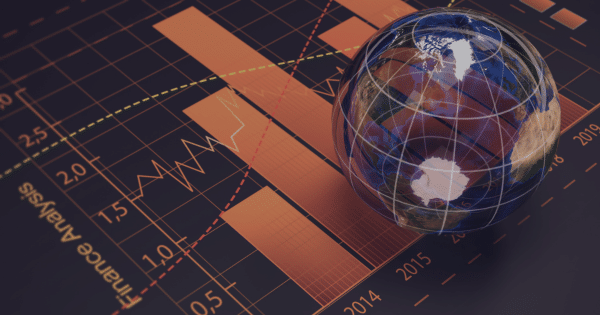Why it Matters
Salesforce’s introduction of observability tools in Agentforce 3 is a solid and necessary step forward. For too long, demonstrating the tangible business benefits of AI has been an abstract exercise; providing concrete usage and performance metrics is a welcome development. It enables organisations to transition from anecdotal success stories to data-driven value assessments.
Salesforce remarks that its current observability can trace the increasingly complex web of interconnections between business processes, APIs, reasoning engines, and the agents themselves, including the specific reasoning steps performed by the reasoning engine. Furthermore, they highlight that the command center empowers administrators to troubleshoot and conduct additional testing within the testing center. As AI becomes more deeply embedded in enterprise workflows, agents will not only execute tasks but also call upon other agents and services, creating intricate, dynamic execution chains. This mirrors the early days of service-oriented architecture, where point-to-point API integrations spiralled in complexity before the advent of comprehensive API management and governance platforms.
The rise of multi-agent systems compounds the challenge. Salesforce is integrating the Google-led Agent-to-Agent (A2A) protocol and the Anthropic-led Model Context Protocol (MCP) capabilities into the Agentforce 3 platform. This will enable seamless communication and collaboration between AI agents. As these protocols mature and see adoption across many different AI platforms, the interactions between AI services will grow exponentially. Observability of the workflow between AI services and other enterprise systems will become critical, not just for cost attribution and performance monitoring, but also for a modern form of regression testing. In a world of semi-non-deterministic AI, understanding the full, end-to-end process flow is the only way to effectively debug failures, identify emergent behaviours, and ensure operational resilience.
Who’s Impacted?
- CTOs: Need to be aware of the potential for hidden operational complexity and technical debt as agentic systems become more interconnected without comprehensive visibility.
- Solution Architects: Must now consider how to design for and potentially supplement the gaps in workflow observability when integrating Agentforce 3 into the wider enterprise architecture.
- AI Teams: AI testing teams will need to learn how to harness Agentforce Command Center to maximise the efficacy of their testing and troubleshooting of agentic performance.
Next Steps
- Utilise the Tools: Seek out and leverage emerging tools, such as Agentforce Command Center which enables businesses to monitor, measure, and optimise AI agents, to establish an initial baseline for AI performance and business value within your organisation.
- Map the Future: Begin proactively mapping the potential agent-to-agent and agent-to-service communication pathways you anticipate in your strategic AI initiatives.
- Evaluate Protocols: Initiate an investigation into emerging multi-agent communication protocols to understand the future landscape and its associated architectural requirements.
- Engage with Vendors: Press Salesforce and other technology partners on their roadmaps for providing deeper, end-to-end workflow observability that accounts for complex, multi-agent interactions.


